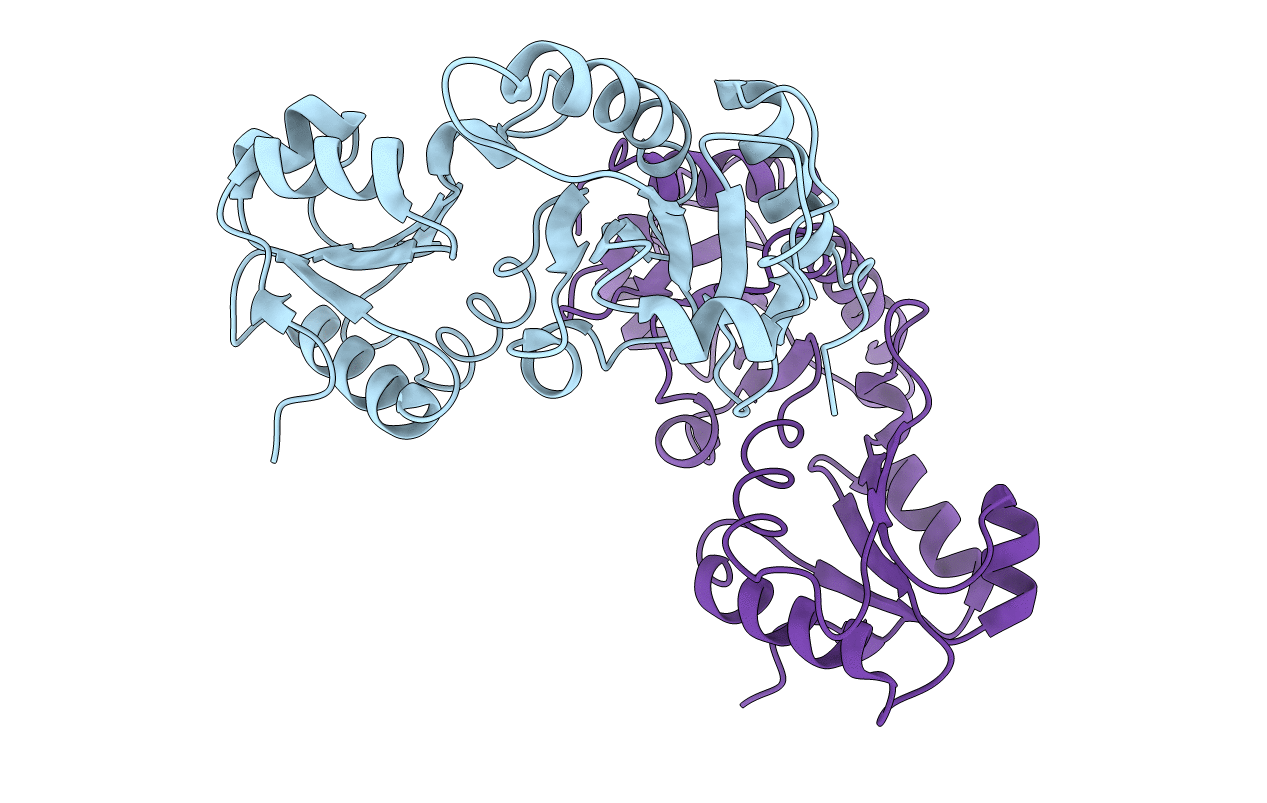
Deposition Date
2008-08-28
Release Date
2009-04-14
Last Version Date
2024-10-30
Method Details:
Experimental Method:
Resolution:
1.92 Å
R-Value Free:
0.23
R-Value Work:
0.18
R-Value Observed:
0.19
Space Group:
P 31


